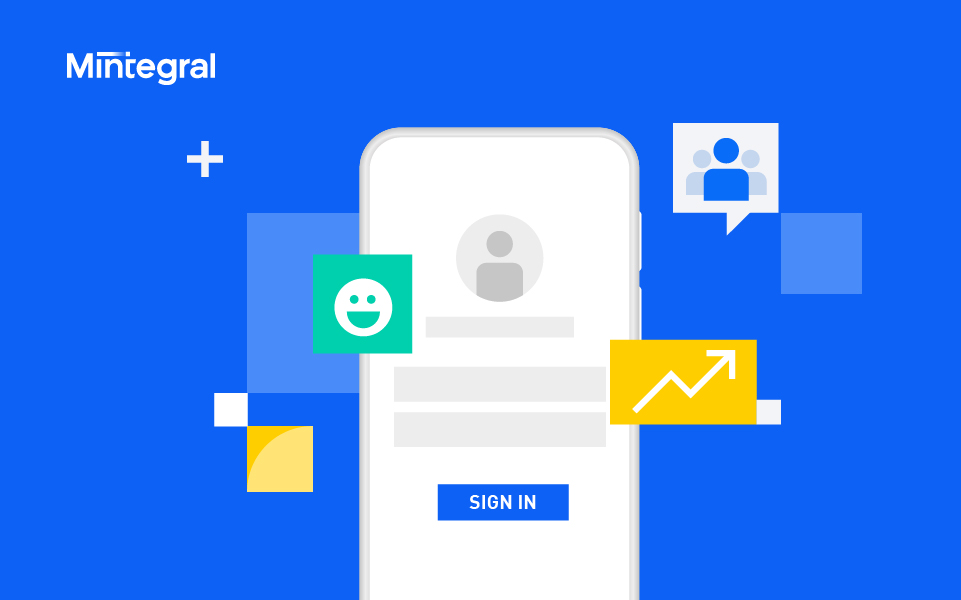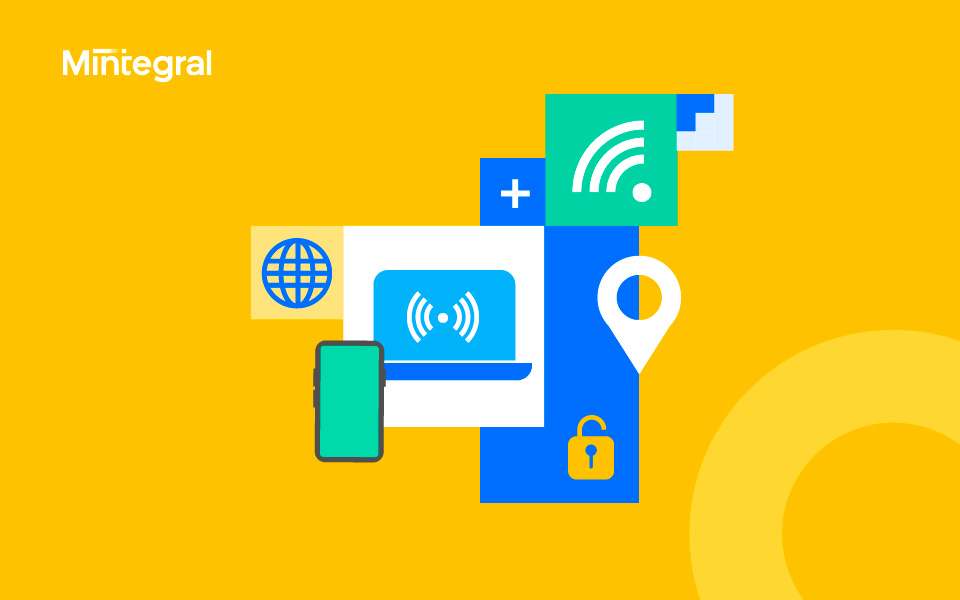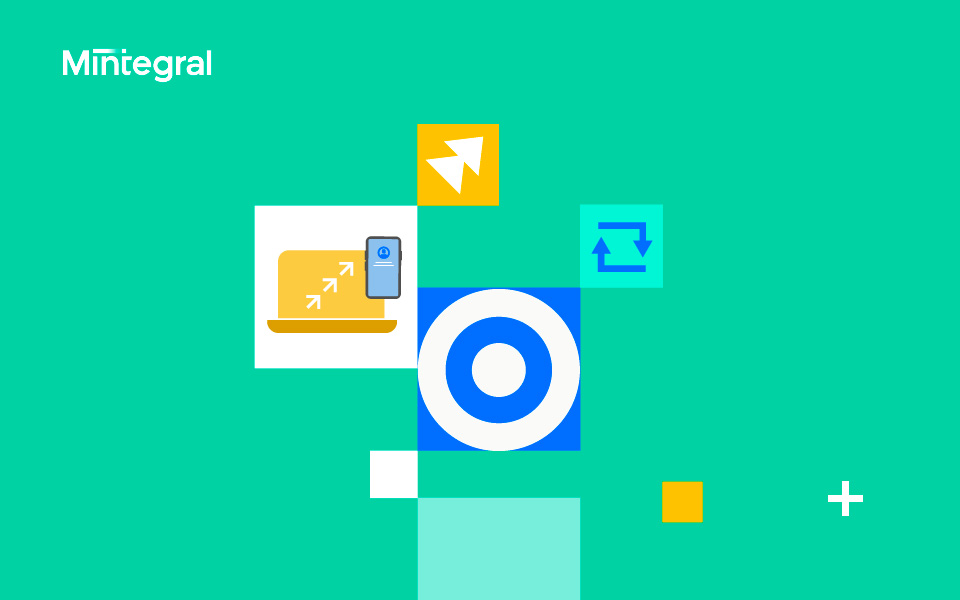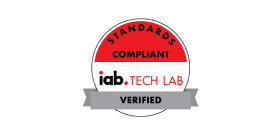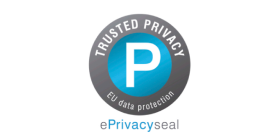It's challenging enough to find users who want to install your app. And convincing them to stay and to convert is that much harder. A perfect app onboarding flow is essential if you want to attract users who are willing to convert beyond the install — whether that's making a purchase or signing up.
In this guide, we will take you through the key steps to building a successful app onboarding flow to grow your user base and your revenue. We also cover everything around app onboarding, from understanding your target audience to A/B testing different onboarding elements. To learn more about mobile app onboarding, read on!
What is App Onboarding?
App onboarding begins after a new user opens your app for the first time. When the app is started, it will display pages that ease the user into the app experience. Each page will either provide information about the app or ask for information from the user, such as an email address that can be used for logging in to future visits. Some mobile apps may also require some form of payment information (such as subscription apps) before allowing the user in.

Depending on your app genre, you may want your app onboarding experience to showcase what the app is all about (such as walkthroughs for gaming apps) or to share popular features a new user should try.
These distinct goals form different types of user onboarding frameworks, which we'll discuss later in the article. For now, understand that there are several different approaches you could take to onboarding your app users.
What is the Importance of App Onboarding?
App onboarding is critical for maintaining healthy metrics that lead to more revenue. Here are five reasons why a good app onboarding flow is vital for app growth:
- Improves conversion rates: If users can see the value of your app early on, they're more likely to convert.
- Reduces churn: A smooth experience lowers the frequency of users abandoning your app.
- Increases user retention: The quality of your user onboarding will likely reflect the overall experience of your app — making it a solid indication of high user retention.
- Boosts engagement: A well-designed onboarding flow can help users understand the value of your app and encourage them to try out more features.
- Gives you more insight: Onboarding can feature as many different screens, displays, and information as you want. With the flow, you can learn what interests users most and what turns them away simply by tracking where drop-offs occur.
Types of App Onboarding Flows
As mentioned earlier, there are three app onboarding frameworks you can work with:
- Function-oriented: This flow focuses on showing users your app's core features.
- Benefits-oriented: This focuses on showing the benefits of your app.
- Progressive: This onboarding flow gradually introduces users to new features over time.
Function-Oriented Onboarding

Function-oriented onboarding showcases app features and shares how to use them immediately. Function-oriented onboarding is recommended for complex apps that users might struggle to get to grips with. If you add function-oriented pages, make sure to deploy them in specific cases to lower the complexity while allowing impatient users to move quickly.
Benefits-Oriented Onboarding

A benefits-driven onboarding flow puts focus on the utility of an app rather than the function. This technique allows you to highlight how well your app can enhance the user's overall digital experience. If your app is easy to use but you think you need to improve conversion rates, then this is a great way to onboard new users.
Progressive Onboarding

For progressive onboarding, the user is taken on a guided tour of your app. Use this framework to highlight key features of your app as the user navigates around. Very often, progressive onboarding is used to break down the steps for sign-up, helping users fill their profiles easily.
The goal of progressive onboarding is to minimize issues that could hinder progress. It is beneficial for apps with lots of steps for sign-up.
Best Practices for App Onboarding
Now that we've covered the importance of app onboarding and the different types of flows, let's delve into eight best practices for creating a successful app onboarding experience:
1. Be Mindful of What You Ask for
Most apps require some level of access to a device for messaging, location, sharing pictures, and more. As such, you’ll eventually have to ask users to grant access to this data. This has to be done carefully, so be mindful of your messaging and transparent about why your app needs access to user data.
2. Focus on the Features that Matter
The best way to grab user attention is to show off your app’s core functionalities. Don't display too many things at once: focus on the functions that directly solve your average user's main problems.
3. Keep it Simple
Onboarding should not be difficult or filled with extraneous information. Whittle down your flow — a general copywriting rule of cutting 33% of your content can be easily applied to app onboarding as well.
4. Make it Appealing
Add a touch of visual flair with icons, progress indicators, or animations to give users a feeling of progression as they complete each page. Some companies gamify the onboarding process, while others offer rewards.
5. Use Clear Language
Keep it simple by using simple language for each checklist item so users can easily understand what they need to do. Simplicity should also show up in how many actions you include in the onboarding flow. Focus on the most important things that can be completed quickly so users can see immediate results.
6. Share Progress
Consider including a progress bar that shows how far your users are through the app onboarding process. This feature provides transparency and perhaps even spurs the user to finish their app onboarding journey.
7. Allow Users to Skip
Most app users have downloaded many apps in the past. They might be savvy enough to not need handholding. If signing up isn't mandatory, give users the option to skip and let them experience the app in the way they want to.
And Don’t Forget Your CTA!
After onboarding is complete, consider a call-to-action (CTA) to end the process and give your users an immediate next step.
Speaking of CTAs, if you'd like to improve the efficiency of your marketing one step before the app onboarding process, contact Mintegral today. We're in a prime position to help.
Mintegral is a data-driven, programmatic, and interactive advertising platform dedicated to helping mobile apps bridge the gap among the world's most valuable markets. Our services include user acquisition, monetization, and creative automation to help you gain app installs that convert (so long as your mobile app onboarding flows are effective!)
If you're searching for more mobile marketing guides, take a look at our user acquisition and app monetization walkthroughs — or, learn how mobile marketing works. Follow us on LinkedIn to receive the latest updates as they go live.

